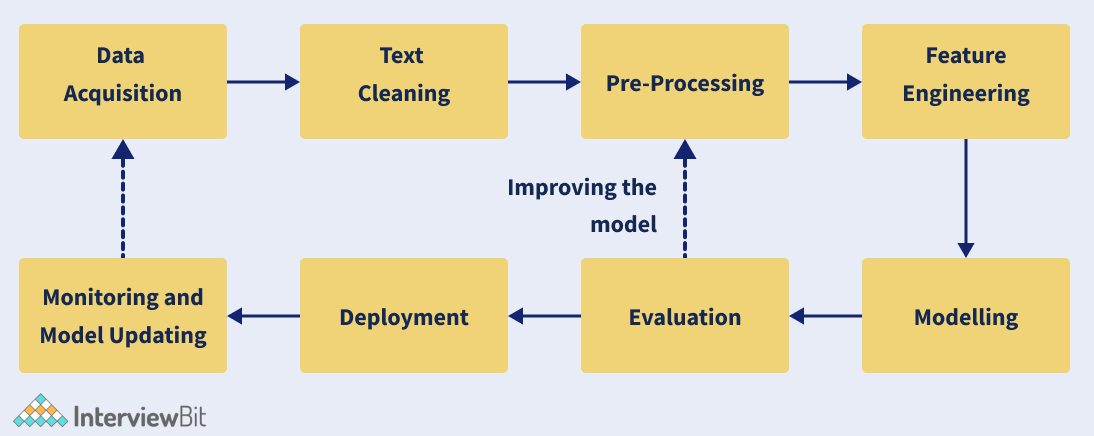The method of mapping all the various forms of a word to its base word (also called “lemma”) is known as Lemmatization. Although this may appear close to the definition of stemming, these are actually different. For instance, the word “better,” after stemming, remains the same. However, upon lemmatization, this should become “good,”. Lemmatization needs greater linguistic knowledge. Modelling and developing efficient lemmatizers still remains an open problem in NLP research.
The application of a lemmatizer based on WordNet from NLTK is shown in the code snippet below:
from nltk.stem import WordNetLemmatizer
lemmatizer = WordnetLemmatizer()
print(lemmatizer.lemmatize("better", pos="a")) #a is for adjective





